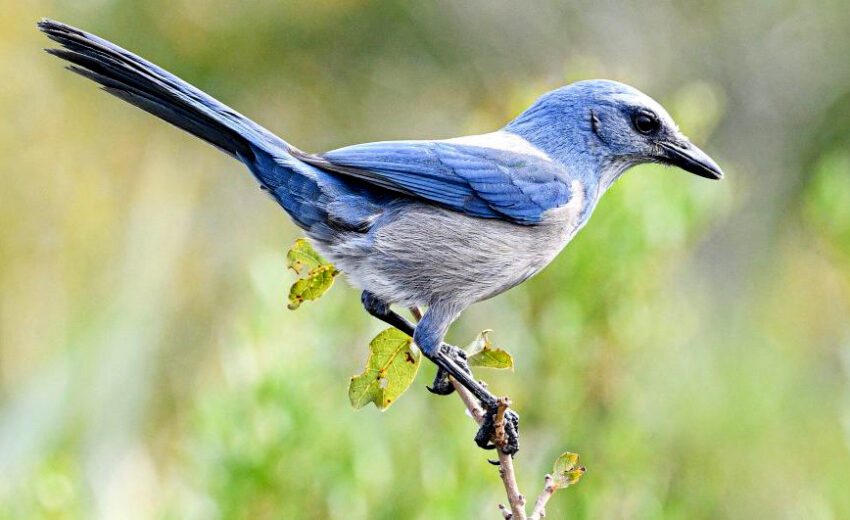The Florida scrub jay is the only species of bird endemic to the state of Florida, in the United States. Bird watchers travel from far and wide to get a glimpse of these cool
- Zoology
- Daily Critter Facts
- For Teachers
- Study Guides
- Animal Diseases & Parasites
- Contact

